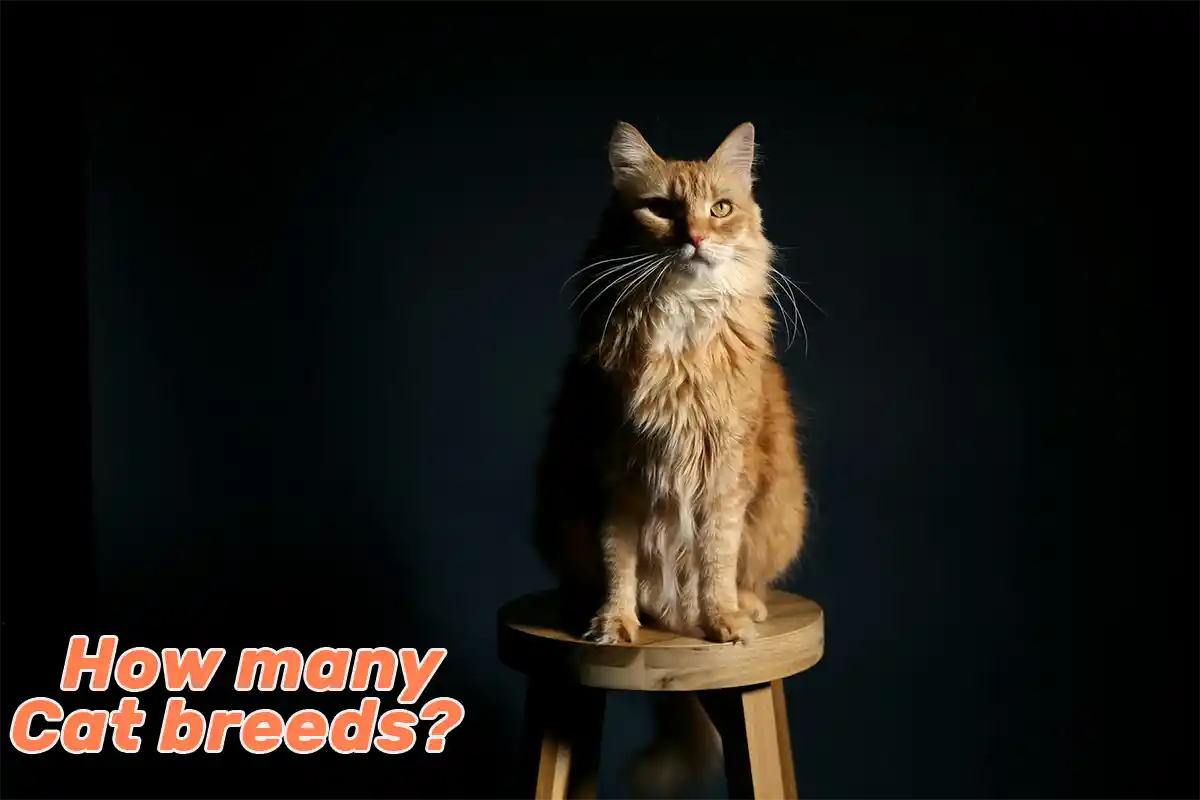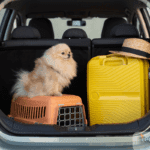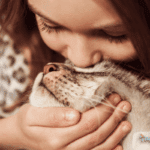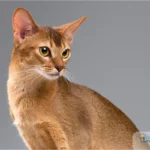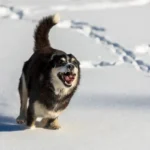Cats have captured the hearts of millions as one of the most popular pets worldwide. Despite their popularity, the exact number of cat breeds remains a topic of debate among enthusiasts and experts. In 2025, the official count ranges from 40 to 73 breeds, depending on the registry. Let’s explore this fascinating world of feline diversity and understand why these numbers can vary so significantly.
Major Cat Registry Organizations
The International Cat Association (TICA)
Founded in 1979, TICA has established itself as one of the world’s largest genetic registries of pedigreed and household cats. Known for its progressive approach, TICA embraces new breeds and experimental breeding programs, making it the most inclusive of all cat registries. Their philosophy centers on celebrating feline diversity while maintaining strict health and welfare standards. TICA’s recognition process includes experimental breeds and new developments in cat breeding, which contributes to their higher breed count.
Cat Fanciers’ Association (CFA)
As the world’s first and largest pedigreed cat registry, the CFA has been setting breed standards since 1906. Their more conservative approach focuses on preserving traditional breed lines and maintaining stringent recognition criteria. The CFA’s rigorous standards require extensive documentation of breed history, consistent characteristics across multiple generations, and comprehensive health screening before granting recognition. This traditional approach explains their lower breed count compared to TICA.
Understanding the Variation in Numbers
The difference in recognized breeds between registries stems from several key factors:
Recognition Criteria
- TICA’s inclusive approach welcomes new and experimental breeds
- CFA requires longer establishment periods and more extensive documentation
- Some registries focus on specific geographic regions
- Each organization has unique standards for physical characteristics and genetic testing
Breed Classification
- What one registry considers a distinct breed, another might view as a variety
- Hybrid breeds (like Bengals) are accepted by some registries but not others
- Color variations might be classified as separate breeds or merely variations
- Development stages (experimental, provisional, championship) vary by registry
Official Cat Breed Counts by Registry (2025)
There are between 40 to 73 officially recognized cat breeds worldwide in 2025:
- TICA recognizes 73 breeds
- CFA recognizes 45 breeds
- GCCF recognizes 40 breeds
- FIFe recognizes over 50 breeds
This variation exists because different registries have unique criteria for breed recognition and classification.
| Global Cat Breed Statistics 2025 | |
|---|---|
| Total Recognized Breeds (Max) | 73 |
| Most Common Breeds | 15 |
| Rare Breeds | 12 |
| Experimental Breeds | 8 |
| Average Cost Range | $500-$5,000 |
| Most Popular Breed | Ragdoll |
| Rarest Breed | Sokoke |
Understanding the exact number of cat breeds requires examining each major registry’s recognition criteria and standards:
| Registry | Breed Count | Recognition Criteria | Notable Features |
|---|---|---|---|
| TICA | 73 | DNA testing, Physical standards | Most inclusive, recognizes new breeds |
| CFA | 45 | Traditional standards, Breeding history | Oldest registry, strict standards |
| GCCF | 40 | UK-focused criteria | Emphasizes British breeds |
| FIFe | 50+ | European standards | International recognition |
Why Do Cat Breed Numbers Vary?
The variation in recognized breeds stems from different factors:
1. Recognition Criteria
- Genetic distinctiveness
- Population size
- Breed history documentation
- Health screening requirements
2. Breeding Program Status
- Established breeds
- Experimental breeds
- Provisional breeds
- Extinct breeds
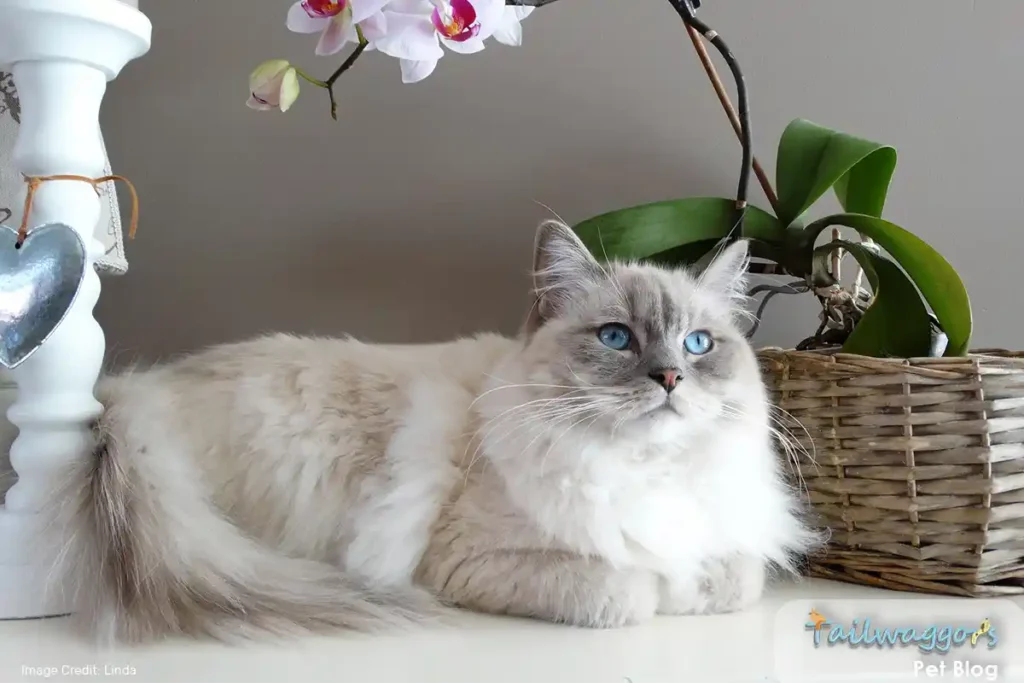
Most common cat breeds and their characteristics
| Breed Name | Lifespan | Temperament | Care Level |
|---|---|---|---|
| Ragdoll | 12-17 years | Gentle | Moderate |
| Maine Coon | 12-15 years | Friendly | High |
| British Shorthair | 14-20 years | Calm | Low |
| Siamese | 12-20 years | Active | Moderate |
| Persian | 12-17 years | Relaxed | High |
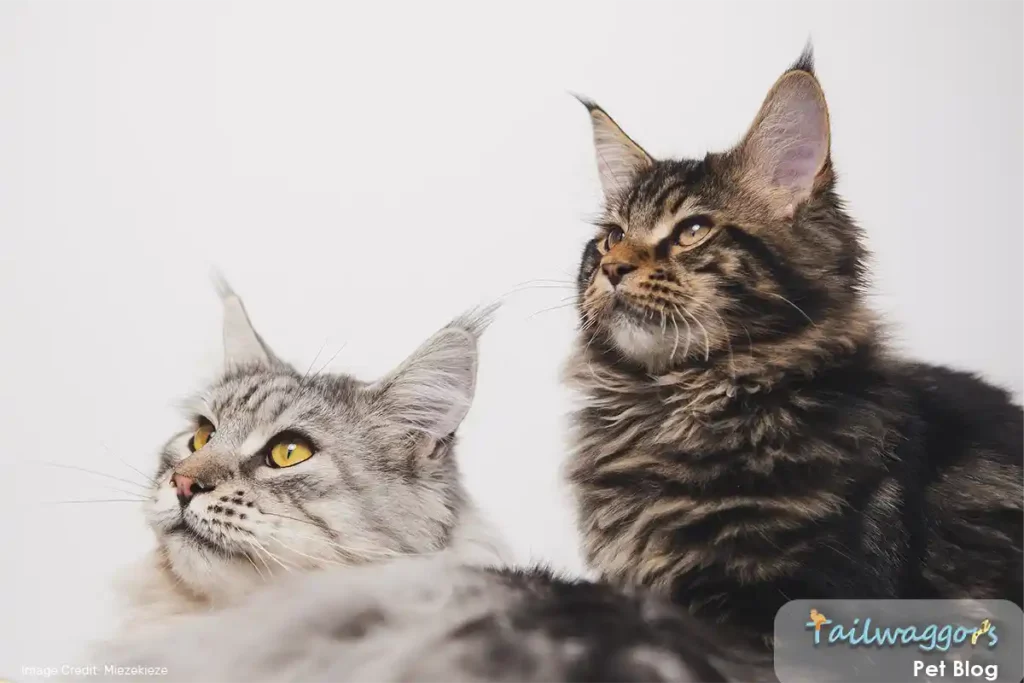
Detailed Breed Characteristics
Ragdoll
Maine Coon
Siamese
Persian
British Shorthair
Bengal
Abyssinian
Scottish Fold
American Shorthair
Devon Rex
Russian Blue
Sphynx
Norwegian Forest Cat
Oriental
Exotic Shorthair
Turkish Van
Birman
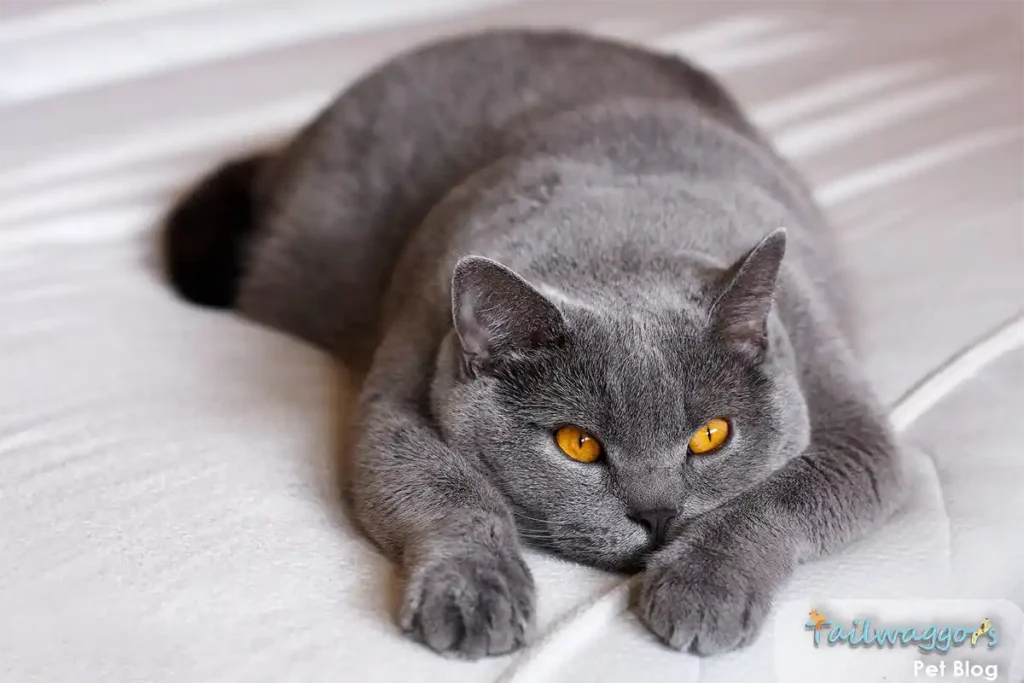
Breed Popularity Trends 2025
| Rank Change | Breed | Trend Factor |
|---|---|---|
| ↑ 2 | Ragdoll | Social media popularity |
| ↑ 3 | Bengal | Active lifestyle trend |
| ↓ 1 | Persian | Maintenance concerns |
| ↑ 4 | British Shorthair | Apartment living surge |
| ↑ 2 | Maine Coon | Family pet preference |
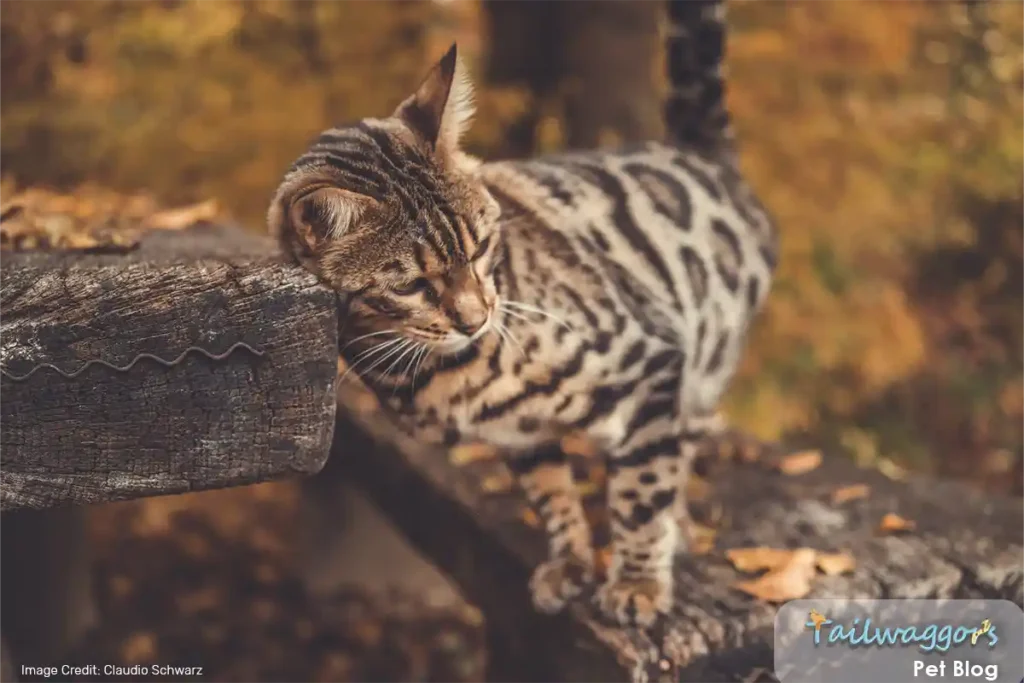
Key Factors in Breed Popularity
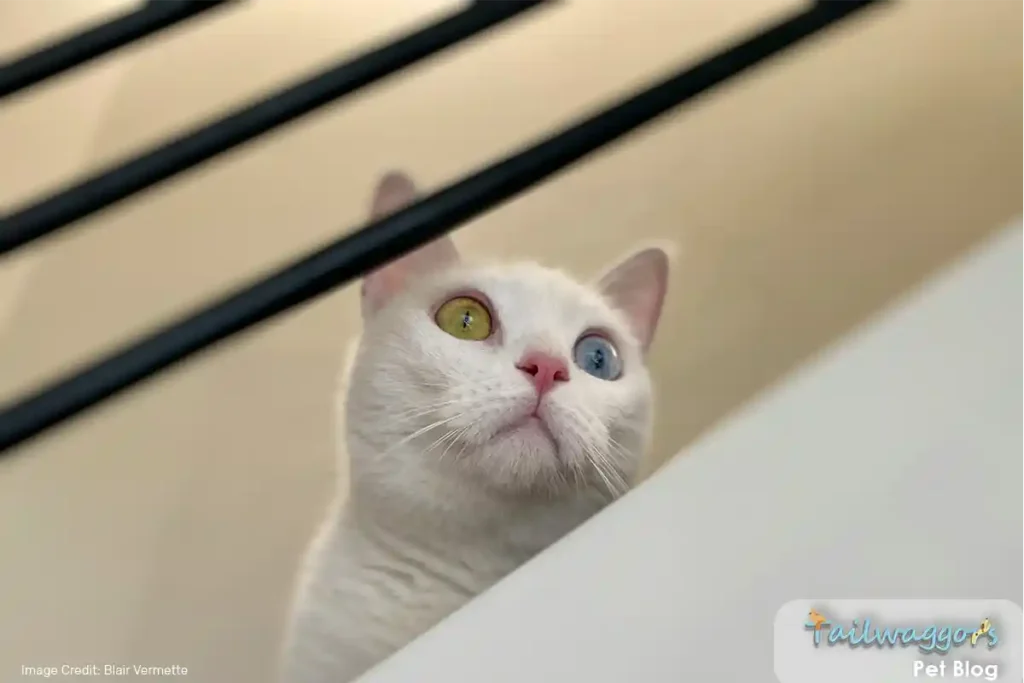
Rare and Unique Cat Breeds
Rarest Cat Breeds 2025
Sokoke
Population: <100 worldwideKhao Manee
Population: <200 worldwideSokoke
A true gem from Kenya, the Sokoke is one of the rarest cats globally, known for its unique marbled coat resembling tree bark. Its athletic build and wild-like demeanor make it a captivating choice for cat enthusiasts seeking an exotic companion.
Khao Manee
The “Diamond Eye” cat from Thailand, the Khao Manee dazzles with its gem-like eyes and silky white coat. Revered as a symbol of luck in its homeland, this breed is as enchanting as it is rare.
Emerging and Experimental Breeds
| New Breeds 2025 | Status | Registry | Expected Recognition |
|---|---|---|---|
| Lykoi | Provisional | TICA | Full – 2025 |
| Toybob | Advanced | TICA | Full – 2024 |
| Highlander | Preliminary | TICA | Provisional – 2025 |
Lykoi
Dubbed the “Werewolf Cat,” the Lykoi’s patchy, wolf-like fur gives it an otherworldly appearance. Despite its mysterious look, this breed is playful, affectionate, and deeply curious—a delightful contradiction.
Toybob
Small but mighty, the Toybob is cherished for its compact size and cheerful personality. Its short, bobbed tail and kitten-like demeanor set it apart, making it an endearing addition to any family.
Highlander
A striking breed with tufted ears and a bold spirit, the Highlander combines a rugged look with a surprisingly gentle and playful nature. This cat thrives in interactive households where it can show off its energetic side.
Rare and unique cat breeds add a touch of magic to the feline world, each bringing its own story, charm, and character. From the enchanting eyes of the Khao Manee to the wild elegance of the Sokoke, these breeds showcase the extraordinary diversity and allure of cats. At Tailwaggors, we celebrate these exceptional companions, helping you discover the perfect feline for your home and heart.
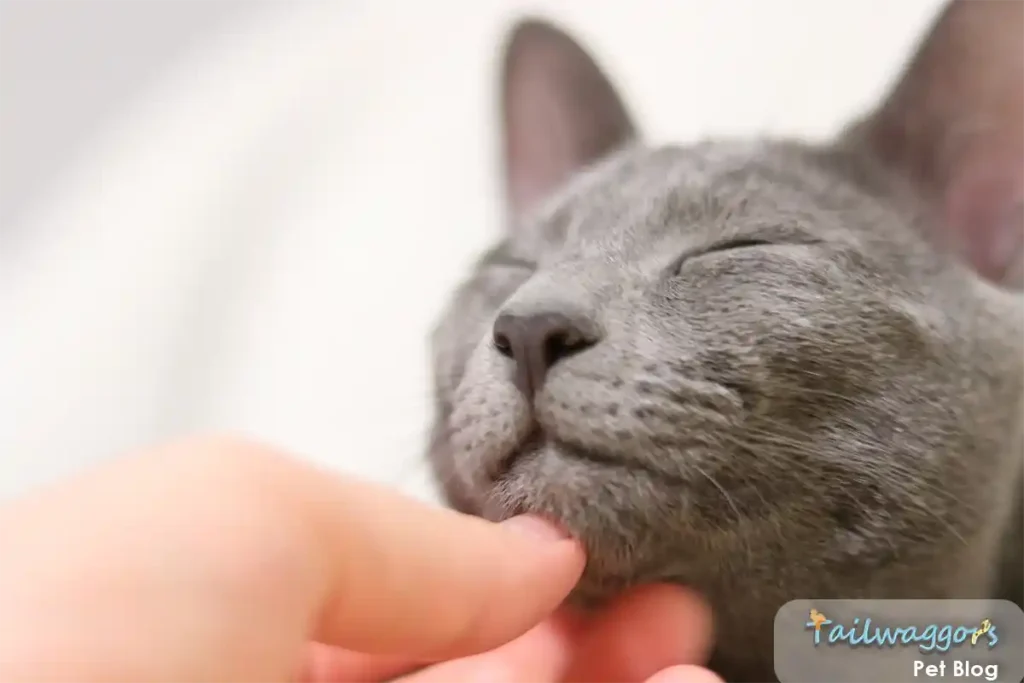
Choosing the Right Cat Breed
Lifestyle Compatibility Assessment
✓ Living Space:
- Large Home: Maine Coon, Ragdoll, Bengal
- Apartment: British Shorthair, Russian Blue, Ragdoll
✓ Activity Level:
- High Energy: Bengal, Abyssinian, Siamese
- Moderate: American Shorthair, Maine Coon
- Relaxed: Persian, Ragdoll, British Shorthair
✓ Maintenance Requirements:
- High: Persian, Maine Coon, Himalayan
- Moderate: Ragdoll, Siberian
- Low: British Shorthair, Russian Blue
Finding the perfect cat starts with matching their needs to your lifestyle. For larger homes, majestic breeds like the Maine Coon, Ragdoll, or Bengal thrive with space to explore, while apartment dwellers may prefer the calm companionship of a British Shorthair, Russian Blue, or a relaxed Ragdoll.
If you’re seeking a lively and active friend, consider high-energy breeds like the Bengal, Abyssinian, or Siamese. For more moderate playfulness, the Maine Coon or American Shorthair are excellent choices.
Prefer a serene lap companion? Look no further than the Persian, British Shorthair, or ever-gentle Ragdoll. Keep grooming in mind too—long-haired breeds like the Persian or Maine Coon require more maintenance, while British Shorthairs and Russian Blues are lower upkeep.
Curious about how Abyssinian cats compare to other breeds? Discover everything you need to know about the Abyssinian Cat Breed and find your ideal match.
At Tailwaggors, we believe every feline deserves a safe, loving environment tailored to their needs. Explore our tips for creating the purr-fect home for your new companion!
Cost Considerations
| Expense Category | Regular Breeds | Rare Breeds |
|---|---|---|
| Purchase Price | $500-$2,000 | $2,000-$5,000+ |
| Annual Care | $500-$1,000 | $700-$1,500 |
| Insurance | $200-$400 | $300-$600 |
| Initial Supplies | $200-$500 | $200-500 |
Owning a cat comes with costs that vary by breed. Regular breeds typically range from $500 to $2,000, while rare breeds can exceed $5,000. Annual care, insurance, and supplies also add to the investment, making it essential to plan for your feline friend’s long-term needs. At Tailwaggors, we help you weigh the costs so you can make an informed and loving choice.
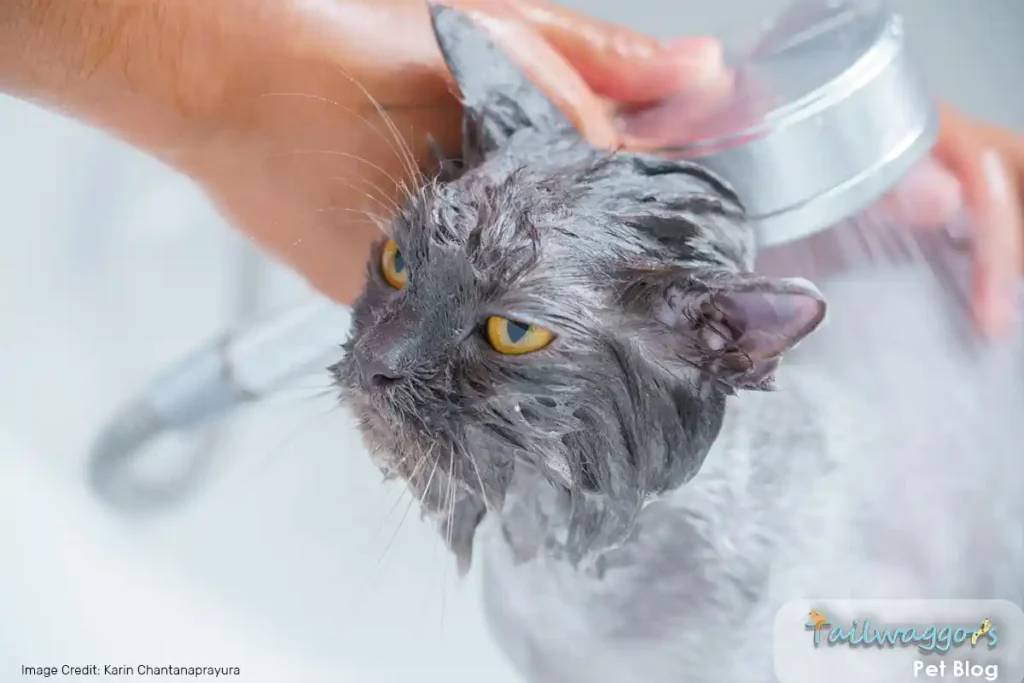
Health and Care Guidelines
1. Common Health Considerations by Breed Type
Each breed comes with unique health needs. From respiratory care for brachycephalic breeds to joint and heart monitoring in large breeds, proactive care ensures a happy, healthy cat. Active and long-haired breeds require extra attention to exercise, grooming, and diet. At Tailwaggors, we guide you in understanding and addressing these needs with ease.
2. Genetic Health Considerations
| Breed Group | Common Conditions | Screening Tests | Prevention Measures |
|---|---|---|---|
| Brachycephalic | Respiratory issues | Airway examination | Temperature control |
| Large Breeds | Joint problems | Hip x-rays | Weight management |
| Point Breeds | Temperature sensitivity | Thyroid testing | Climate control |
| Rex Breeds | Dental issues | Dental x-rays | Regular cleaning |
Genetics play a key role in feline health. From respiratory screenings for brachycephalic breeds to joint x-rays for large breeds, understanding potential issues helps ensure proactive care.
3. Age-Related Health Management
Cats require tailored care at every life stage. Kittens need vaccinations, parasite control, and growth monitoring. Adults benefit from annual exams, weight management, and breed-specific screenings, while seniors require enhanced monitoring for arthritis, kidney health, and organ function. Proactive care ensures a healthy, fulfilling life at all stages.
4. Nutrition and Diet Requirements
Breed-Specific Dietary Needs
| Breed Type | Protein Needs | Fat Requirements | Special Considerations |
|---|---|---|---|
| Active Breeds | 35-40% | 18-20% | High energy density |
| Large Breeds | 30-35% | 15-18% | Joint support |
| Small Breeds | 32-36% | 16-20% | Small kibble size |
| Senior Cats | 28-32% | 12-15% | Easy digestibility |
Cats have varying dietary needs based on breed and life stage. Active breeds require high protein and fat for energy, while large breeds benefit from joint-supporting nutrients. Seniors need easily digestible diets, and small breeds thrive on appropriately sized kibble. Careful nutrition helps maintain optimal health across all breeds.
5. Environmental Health Factors
Indoor vs. Outdoor Considerations
| Indoor Health Management | Outdoor Health Risks |
|---|---|
| Air quality control | Parasite prevention |
| Excercise opportunities | Injury prevention |
| Stress reduction | Weather protection |
Indoor cats benefit from air quality control, exercise opportunities, and stress reduction, while outdoor cats face risks like parasites, injuries, and weather exposure. Understanding dangers, such as toxic plants, is key to ensuring your cat’s safety. Learn about toxic plants to protect your feline friend.
6. Emergency Health Signs by Breed
| Breed Group | Warning Signs | Emergency Symptoms | Immediate Actions |
|---|---|---|---|
| Brachycephalic | Labored breathing | Blue gums | Cool environment |
| Heart-risk Breeds | Lethargy | Rapid breathing | Veterinary visit |
| Kidney-risk Breeds | Reduced appetite | Excessive thirst | Hydration check |
Recognizing emergency signs is crucial for cat owners. Breathing issues in brachycephalic breeds, lethargy in heart-risk breeds, or changes in appetite for kidney-risk breeds require immediate attention. Stay prepared for any situation and discover essential emergency tips for cat owners.
7. Preventive Health Calendar
Regular Health Maintenance Schedule
| Time Frame | Health Check | Preventive Care | Documentation |
|---|---|---|---|
| Monthly | Weight check | Parasite prevention | Health diary |
| Quarterly | Grooming assessment | Dental check | Photo record |
| Annually | Full examination | Vaccinations | Medical record |
A consistent health routine keeps your cat thriving. Monthly weight checks, quarterly grooming and dental care, and annual exams with vaccinations ensure long-term well-being. Stay organized with a health diary and learn more about preventive care to keep your feline companion healthy.
8. Breed-Specific Health Insurance Considerations
Coverage Recommendations
- Genetic condition coverage
- Breed-specific exclusions
- Wellness care options
| Breed Type | Recommended Coverage | Average Cost | Key Benefits |
|---|---|---|---|
| High-risk Breeds | Comprehensive | $45-65/month | Genetic coverage |
| Standard Breeds | Standard | $30-45/month | Accident/illness |
| Mixed Breeds | Basic plus | $25-35/month | Preventive care |
Health insurance needs vary by breed. High-risk breeds benefit from comprehensive plans covering genetic conditions, while standard breeds may require accident and illness coverage. Mixed breeds often do well with basic plans that include preventive care, ensuring tailored protection for every feline.
9. Health Technology and Monitoring
Modern Health Tools
Wearable Devices
- Activity trackers
- Temperature monitors
- Location devices
Home Health Tech
- Smart feeders
- Water consumption monitors
- Litter box analyzers
10. Mental Health and Behavioral Wellness
Breed-Specific Behavioral Health
Social Needs Assessment
- Interaction requirements
- Companionship needs
- Environmental enrichment
Stress Management
- Anxiety prevention
- Territory management
- Routine maintenance
Meeting a cat’s mental health needs involves understanding their social and environmental requirements. From managing anxiety to providing enrichment, each breed has unique needs. Some cats may benefit from additional support—find out whether CBD oil is beneficial for calming cats.
11. Specialized Care Requirements
Medical Support Equipment
Essential Tools
- Grooming supplies
- First aid kits
- Medication aids
Emergency Supplies
- Transport carriers
- Hydration support
- Wound care materials
Caring for your cat involves having the right tools, from grooming supplies and first aid kits to hydration and wound care materials for emergencies. Being prepared ensures you can handle any situation with confidence. Discover essential emergency tips for cat owners and take precautions to protect your feline friend from potential poisoning hazards.
12. Healthcare Provider Network
Professional Care Team
Core Healthcare Providers
- Primary veterinarian
- Specialist referrals
- Emergency contacts
Support Services
- Certified groomers
- Pet nutritionists
- Behavioral consultants
Expert Tip: Always consult with your veterinarian for breed-specific health advice and create a personalized care plan based on your cat’s individual needs.
Conclusion
The world of cat breeds is as diverse and intriguing as the cats themselves. While the precise number of breeds may vary depending on the source, what’s clear is the rich tapestry of feline diversity. Whether you prefer a common Domestic Shorthair or a rare Sokoke, each breed brings its unique charm and history, making cats endlessly fascinating companions.
For cat lovers and enthusiasts, understanding the complexities behind breed recognition can deepen appreciation for these enigmatic creatures and their journey alongside humanity.
If you’re planning to welcome a new cat into your home, preparation is key. Check out this comprehensive supply checklist for your new cat.
Frequently Asked Questions
Frequently Asked Questions
- British Shorthair
- Russian Blue
- Ragdoll
- Scottish Fold
- American Shorthair
🐾 Share the fun and ask your friends:
“Which cat breed matches their personality?”
Or, challenge them — “Do they know how many cat breeds exist?” 🧐
They might be in for a surprise!
👉 Take the test and explore the ultimate guide now!


